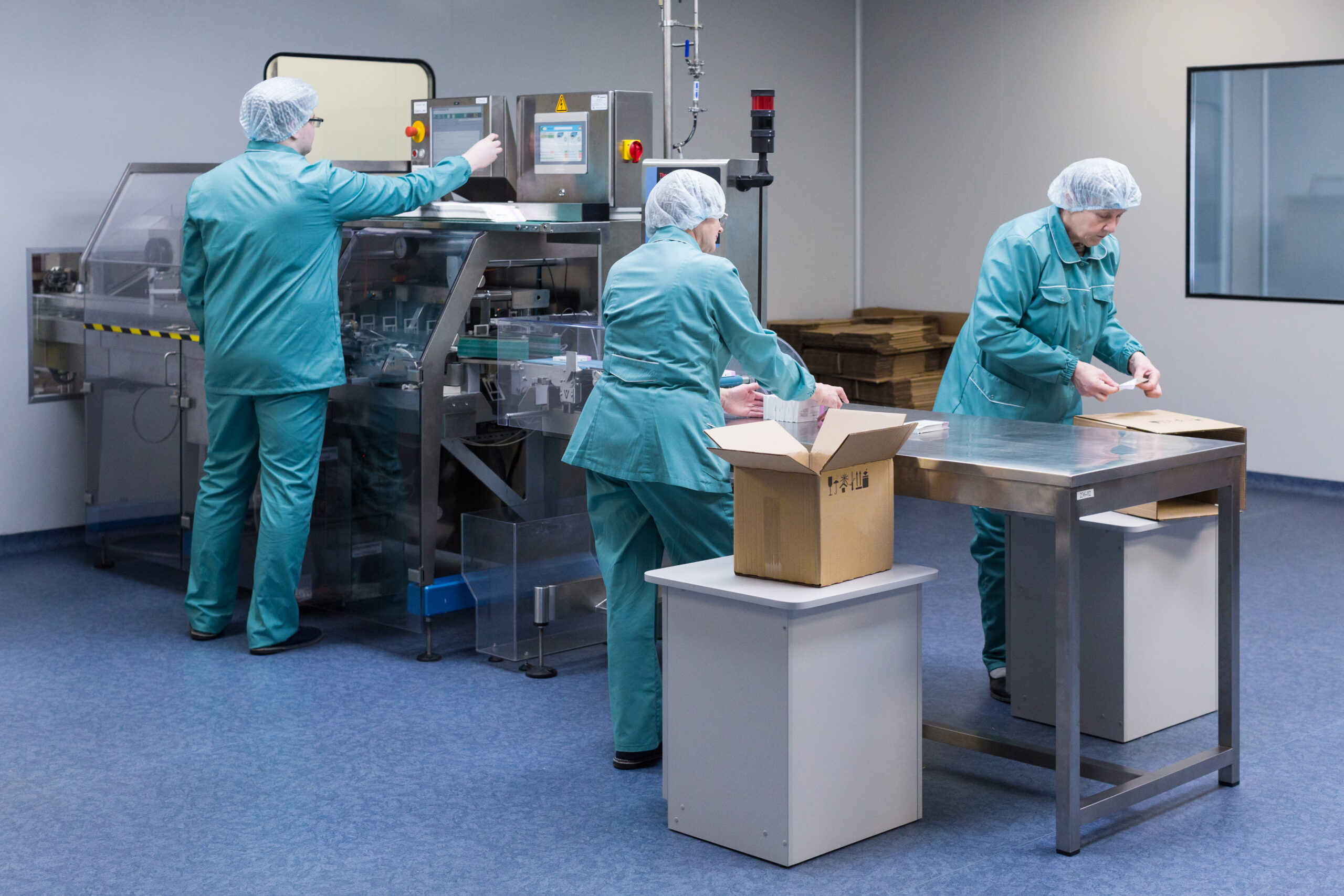During the COVID-19 pandemic, logistics and the whole supply chain ecosystem were halted due to lockdowns and the great resignation. The Ukraine war then exacerbated this, and many companies curtailed their operations in Russia. The pandemic restrictions subsided more than a year after the war, but supply chain chaos still lingers in 2024. However, unbeknownst to many, even before the pandemic and war, shortages of raw materials, chips, etc., were burdening supply chain managers.
Despite all the critical issues that global supply chains face, there is hope. The world is shifting, and many accomplished businesses now focus on an efficiency mindset. The rise of new technological innovations has propelled this new growth mindset.
Thomas Choy, Vice President of Operations of Aratum, discusses the uses and benefits of AI and how supply chain managers and businesses can leverage it to streamline their business processes and gain an edge over the industry despite unpredictable disruptions.
“Aratum’s systems solve real-world problems and positively impact communities. Whenever I see breakthroughs in technology and company advancements, I feel excited. My advice to businesses is based on my experience as VP of operations and how we transform supply chains into resiliency,” Thomas shares.
How Businesses Can Navigate Unexpected Disruptions in Supply Chains
A sudden shift has happened in the worldwide supply chain landscape. Due to persistent challenges, stakeholders have been on an uphill battle to address crucial issues and find ways to solve the problems linked to the supply chain. At the end of the day, humanity needs smooth-flowing supply chains to function well. Hence, businesses are responsible for contemplating current trends and seeking technological solutions to streamline their processes.
“Change is constant. Many businesspeople believe that. If not, they wouldn’t be in business at all. However, change is difficult. As an operations manager, I’m reluctant to change our company’s operations. That’s because whether we are amid a supply chain disruption or not, adopting a shift in our business means uncertainty. Something is risky,” says Thomas Choy.
Mr. Choy understands that it’s hard for businesses to suddenly shift their supply chain operations, especially amid disruptions where many things in businesses are at stake, such as their expenses. Many companies are prepared during sudden natural disasters but seldom consider geopolitical wars and pandemics. There’s a need to expect the unexpected, but many businesses are still baffled by this new era of rapid shifts. Regardless, they should strive for more resilience, agility, and end-to-end visibility in a world of uncertainties.

Thomas Choy shares: “One way to achieve agility and resilience is for businesses to change their costing structure from fixed to variable. You cannot control fixed costs because they are not dependent on production factors like volume. When there’s a recession or a sudden shift in the market, businesses should be able to reduce their problems and control their expenses when they implement variable costing.”
Having experienced the disturbances of the pandemic in his stint as operations manager of Aratum, Thomas Choy has learned why Variable costing is the best approach in a challenging market. “Variable costs carry greater significance in production decision-making compared to fixed costs. It focuses on costs impacted by production changes, such as shortages and disruptions. Hence, businesses can easily adjust to unexpected occurrences and adopt new strategies when they have variable costing,” he reiterates.
While applying changes can be agonizing for businesses, owners and managers should try to embrace it to thrive and gain an advantage over their competitors.
“Change is especially crucial in an industry with much competition. Your competitors are likely already evolving, and failure to keep pace will risk a loss of market share. If making transformations is uncomfortable, adjust them bit by bit. Do not do a 360-degree shift in one go. Focus on more important transformations for immediate impact. Once you’re confident in the first shift, proceed to another necessary implementation,” Thomas Choy advises.
The Rise of AI-Powered Supply Chains
One of the current trends in the supply chain industry is implementing AI in their operations. It is an essential transformation that many businesspeople are still reluctant to adopt. That’s because new technological innovations can be very elusive.
Businesses hesitate because of the costs AI may incur and the repercussions it may cause. On the other hand, employees are wary of it because they fear AI may replace their jobs.
Thomas Choy refutes this: “In supply chain settings, managers and employees should not fear new technologies because they will make their jobs efficient. AI enables real-life data monitoring for inventory, logistics, and asset maintenance. AI can predict maintenance needs, which prolongs equipment lifespan and eradicates warehouse accidents.”
Thomas Choy further elaborates: “AI is unlike humans at all. We haven’t reached a point where AI can replicate human complexity, especially in managing personal lives and relationships. While AI excels in data storage, humans remain essential for data analysis. Besides that, physical tasks in supply chains, like pick-and-pack in warehouses, are best performed by humans, not robots. Technology serves as a supplementary machine rather than a human replacement.”
An example is how technology helped a leading scrap metal company in the Philippines, where Mr. Thomas Choy was at the forefront. “Collecting scrap metals is such a complex task, but the company used to do them manually, creating many problems. We implemented AI and IoT (Internet of Things) for real-time facility monitoring. Our solutions significantly reduced losses caused by metal remnants at endpoints, resulting in $100,000 savings. Moreover, scrap metal handling time was reduced by 53%, allowing employees to allocate more time to other tasks.”

Tips for a Successful AI Implementation
Once businesses embrace AI and cloud-based technology, it’s still not the end of the road. Implementing them properly ensures that you optimize your investments and minimize wastage.
When asked for tips for a successful implementation, Mr. Thomas Choy says, “There are several roles in a company. Different roles mean different perspectives. To achieve success in adopting technology, involve key players in your company, including your lead operation staff, when submitting the requirements for your system development. Neglecting operators’ inputs during system design could result in overlooking valuable upgrade opportunities during technology adoption.”
“The second thing is that owners and managers need to clearly understand the company’s needs to enable the system implementation to address them effectively. Whether your goal is cost reduction or efficiency, conflict may ensue when choosing which system upgrade to prioritize. If you know the urgent things that should be taken care of first, everything will flow smoothly,” Thomas Choy adds.
A determining factor for success in technological implementation in supply chains is when companies have scrutinized all the ins and outs of their processes. Research and tests are key. Test areas that have never been tested. That way, you reap the benefits of your implementation faster.
Thomas Choy also reminds business people and managers to be patient. “A successful implementation is gradual. You won’t see and feel the benefits after just a day. But it’s certain that even if you may have invested money in the new system, it will show up and streamline all your processes. Prepare for efficiency and reduced expenses in the long run.”
Conclusion
New technologies help ensure supply chains’ reliable and predictive flow in this fast-paced and shifting world. “They will work hand-in-hand with your business to serve your market. Providing efficiency and quality to your customers promotes loyalty. Always remember that the big price isn’t the budget for the AI adoption but losing customers if you fail to keep up with trends,” Thomas Choy ends.
With AI implementation, see your businesses thrive amidst disruptions. Aratum’s powerful solutions will help your company up a notch versus your competitors. Request a demo now.
The featured photo of this article was sourced from freepik.



